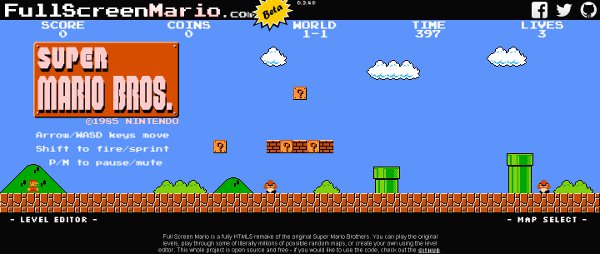

PlayStation 1
The classic console full of classic games, the PSX was released way, way back in 1995 (a whopping 18 years ago) for $300.
That doesn’t sound too bad, but it’s actually $460 (£275) in today’s money. Still, that’s a fair sight cheaper than the PS4 – released to great fanfare for £349 in the UK, and $399 across the pond.

Atari 2600
Released in 1977, this game console was an instant classic, selling at $199. Nowadays that’s a hefty $768 (£460). But the public thought it was worth it, playing classics like Pac-Man, Combat and Asteroids.
SNES (Super Nintendo Entertainment System)
The 1990 SNES was a legendary console, selling 49.1 million units over the course of its production lifetime. Titles include Super Mario Kart, Final Fantasy II and III, Mortal Kombat II and Harvest Moon, so it’s no surprise people snapped up the 16-bit console for its then-price of $210 – $376 today (£225).
 

Sega Mega Drive
Although the Mega Drive (or Genesis, in America) had a slow start, it was rightly raised to the pantheon of gaming consoles after selling 40 million units over its lifetime. Released in the US a year after its Japanese launch, it hit the shelves for $190, including the game Altered Beast. That’s $358 (£214) today, though I’m sure that 24 years later no-one remembers Altered Beast too well. Instead the Mega Drive was spurred to success with the fantastic platform gamer Sonic.

Nintendo 64
Nintendo’s first 64-bit console effort was famous at release for having just two games to play. The Japanese firm’s US chairman, Howard Lincoln, justified the decision to release it with only Pilotwings 64 and Super Mario 64, " we’re convinced that a few great games at launch are more important than great games mixed in with a lot of dogs".

The console was released to great fanfare in 1996 (1997 in the UK) for $200, just $296 (£176) nowadays. This one’s inclusion is significant just for Nintendo’s strategy – taken from the toy industry – to make the console an impulse buy for parents, and went a long way to establishing Nintendo as the fun, less serious alternative to PlayStation.
Apple Pippin
Apple’s brief foray into the games market in 1995 was a particularly pricey one for consumers – even by the standards of Apple aficionados today. Not exactly known for its great value offers, Apple launched the Pippin as a low cost ‘other option’ to multimedia systems, but the company got it completely wrong.
The Pippin cost an eye-watering $599 at the time – $915 (£545) if it was on the market now – and sold just 40,000 units, making it a massive embarrassment for the company now known for its ubiquitous iPhone.






